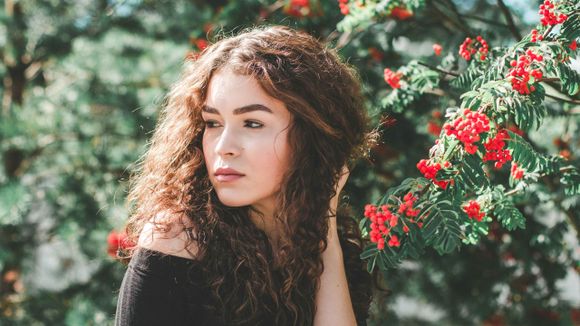Understanding Hair Loss: Symptoms and Solutions
Hair loss, medically known as alopecia, presents itself through various noticeable symptoms such as increased hair shedding during routine activities like shampooing or combing, widening of the part line, receding hairline, thinning of the hair on the crown of the scalp, and the appearance of more hair on your pillow or in the shower drain than usual. These symptoms can vary in intensity and pattern, providing valuable insights into the underlying causes of hair loss and guiding appropriate treatment strategies.
Dandruff and Scalp Irritation
Say goodbye to dandruff and irritation of the scalp with the powerful neem (Azadirachta indica). This remarkable herb boasts antimicrobial and anti-inflammatory properties that fight dandruff and nourish a healthy scalp.
Hair mask with neem
Ingredients:
- Neem leaves
- Yoghurt
Method of preparation:
Blend the neem leaves, mix with yogurt and apply to the scalp. Leave on for 30 minutes before rinsing.
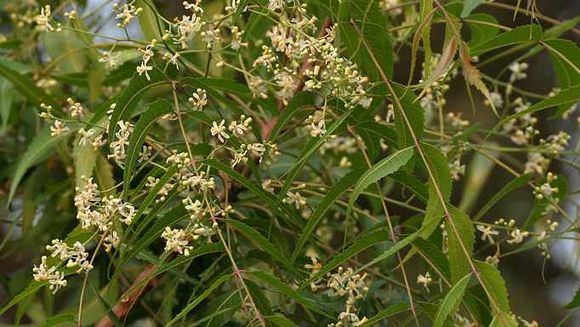
Premature graying
Deal with premature graying by taking the antioxidant-rich amla (Emblica officinalis). Its natural pigments and nutrients help restore hair color and vitality.
Amla Hair Oil
Ingredients:
- Amla powder
- Coconut oil
Method of preparation:
Mix amla powder with coconut oil by gently heating. Massage on the scalp, leave overnight and wash in the morning.
Weak hair follicles
Strengthen weak hair follicles with the power of Bryngarage (Eclipta prostrata). This herb promotes hair growth by revitalizing follicles and improving hair structure.
Bringarage Hair Tonic
Ingredients:
- Bryngarage leaves
- Coconut oil
Method of preparation:
Boil the leaves of bringarage in coconut oil until darkened. Apply the oil on the scalp and hair, leave for an hour, then rinse.
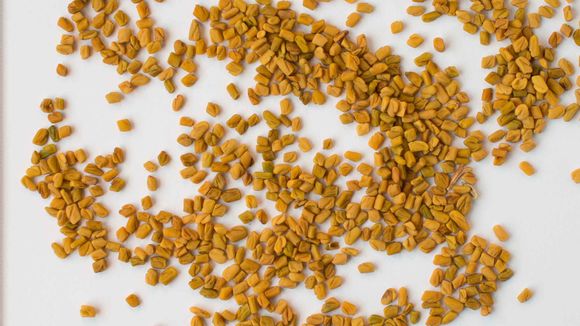
Lack of nutrients
Fight nutrient deficiency with fenugreek seeds (Trigonella foenum-graecum), rich in iron and protein that likes hair.
Fenugreek hair mask
Ingredients:
- Fenugreek seeds
- Yoghurt
Method of preparation:
Soak fenugreek seeds overnight, grind into a paste, mix with yogurt, apply to hair and scalp, wait 30 minutes and rinse.
Excessive hair loss
Fight excessive hair loss with the help of the hormone-balancing hibiscus (Hibiscus rosa-sinensis). Strengthens roots, reduces hair loss and promotes healthy growth.
Hair rinse with hibiscus
Ingredients:
- Hibiscus flowers and leaves
- Water
Method of preparation:
Boil the flowers and leaves of hibiscus in water, let cool, strain and use as the last rinse of hair.
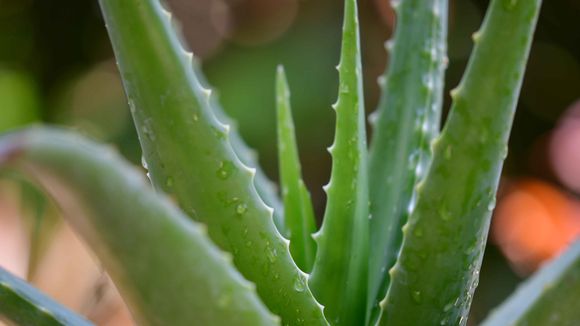
Photo by pisauikan on Unsplash
Thinned hair
Revive thinning hair with aloe vera (Aloe barbadensis miller). Its enzymes improve blood circulation, promoting hair growth and thickness.
Aloe Vera Gel
Ingredients:
- Fresh aloe vera gel
Method of preparation:
Extract the gel, massage on the scalp, leave for 45 minutes and rinse.
Inflammation and hair loss
Suppress inflammation-related hair loss with sandalwood (Santalum album). Its anti-inflammatory properties soothe the scalp, maintaining optimal hair health.
Sandalwood Hair Mask
Ingredients:
- Sandalwood powder
- Rose water
Method of preparation:
Make a paste with sandalwood powder and rose water. Apply to the scalp and hair, wait 20 minutes and rinse.
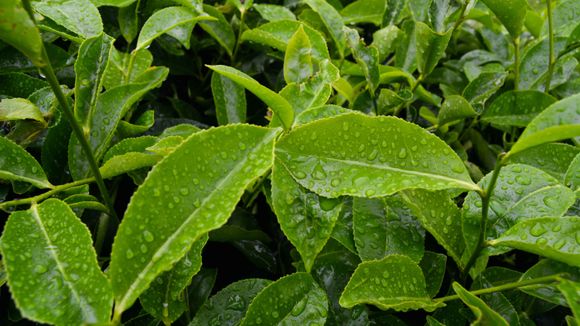
Photo by Rashid on Unsplash
Anti-cancer properties of Indian medicinal plants
Several discussed herbs, including neem, amla, and hibiscus, demonstrate potential anti-cancer properties due to their rich antioxidant content. These compounds fight cancer cells by contributing to overall well-being.
Questions and Answers
Q: Can I combine several herbs to treat hair?
Answer: Of course! Herbal synergy can answer a multitude of problems. Check for allergies before use.
Question: How often should I apply these treatments?
Answer: Start with a weekly application, adjusting according to the reaction of your hair.
Q: Are there any side effects of these natural remedies?
Answer: Generally safe, but test for allergy and consult a professional if you have health problems.
Question: Do these drugs also work for men?
Answer: Absolutely! Hair health does not depend on gender, these drugs benefit everyone.
Question: How long will it take me to notice results?
Answer: Consistency is key. Visible changes can take weeks to months depending on your unique factors.
Referrals
Sharma, P., & Vasudevan, D. M. (1998). Neem (Azadirachta indica) - A tree for solving global problems. Journal of Clinical Biochemistry and Nutrition, 22(3), 141-149.
Kaur, S., & Michael, H. (2017). Emblica officinalis (Amla): A review for its phytochemistry, ethnomedicinal uses, and medicinal potentials with respect to molecular mechanisms. Pharmacological Research, 111, 180-200.
Singh, D. P., & Bhandari, S. (2012). Indigenous knowledge of herbal remedies used by the Bhotia tribal community of Uttarakhand Himalaya, India. Journal of Ethnopharmacology, 143(1), 62-76.
Akhtar, N., Naseer, R., Farooqi, A. Z., & Anwar, M. (2012). Antioxidant activity of Trigonella foenum graecum (fenugreek) seeds. Pakistan Journal of Pharmaceutical Sciences, 25(1), 227-231.
Adhirajan, N., Ravi Kumar, T., Shanmugasundaram, N., & Babu, M. (2003). In vivo and in vitro evaluation of hair growth potential of Hibiscus rosa-sinensis Linn. Journal of Ethnopharmacology, 88(2-3), 235-239.
